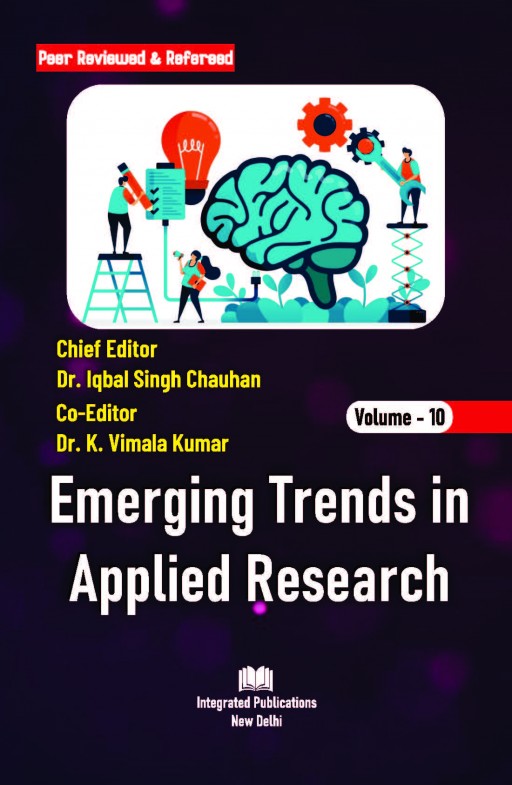Advancements in Niosomes as Vesicular Drug Delivery System


Abstract The vesicular system has revolutionized drug delivery by optimizing the efficacy of existing medications through controlled release and sustained therapeutic action. This study aims to explore the potential of pharmaceutical interventions in developing novel vesicular drug delivery systems. The goal of innovative drug administration is to minimize adverse effects while maintaining consistent drug efficacy. Novel drug delivery approaches involve controlled release at a predetermined rate, considering factors like therapeutic requirements, pharmacological properties, and physiological conditions. Currently, there is a lack of effective medication delivery technologies that achieve these objectives while minimizing adverse effects. Vesicular systems have transformed the understanding and application of diagnosis and therapy in the biomedical field. Vesicular drug delivery systems (VDDS) address the gap between ideal and currently available innovative drug delivery systems by encapsulating active agents within vesicular structures. Various VDDS, such as liposomes, niosomes, and others, have been developed. This review focuses on examining various pharmacological targets within vesicular systems, highlighting liposomes and niosomes as innovative drug delivery systems. Niosomes are a novel drug delivery system based on nonionic surfactants, forming bilayer vesicles with a twofold structure. This architecture allows for the encapsulation of two types of drugs in a single carrier. The morphology of niosomes is influenced by factors such as surfactant type, cholesterol content, critical packing parameter (CPP), and the incorporated drug. These systems can be tailored for various administration routes, including oral, parenteral, and topical. Unlike liposomes, niosomes offer greater stability and cost-effectiveness. They demonstrate prolonged circulation in the bloodstream, making them suitable for targeted drug delivery. This chapter aims to introduce niosomes, discussing their preparation, applications, advantages, and disadvantages as a promising drug delivery vehicle.